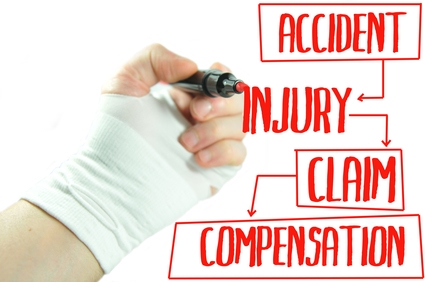This is the fourth article in a five-part series on risk management. Additional articles in this series can be found here: Part 1, Part 2, Part 3, and Part 5.
In our last segment, we discussed how important the "Post-Offer" process was to your bottom line relating to some policies and procedures that should be done with all new hire applicants.
The third step in the "4P" plan is known as the Pre-Claim step. At this stage, you should be asking yourself this question, "Are the policies and procedures we have in place (before we have our next Workers' Comp claim) going to keep us out of hot water?"
One of the first programs successful companies deploy is a Drug-Free Workplace. You do not want to be the "path of least resistance" for a substance abuser to find work at your company.
Studies have shown that those "under the influence" are eight times more likely to have an accident. Don't take that chance. Bottom line, make sure you have your Drug-Free Workplace policy reviewed periodically and made current.
We all know the economy is still trying to get back on its feet. Another strategy to consider that can help insulate you from hiring the proverbial "worm in the apple" is to use a "Temp–to–Perm" strategy. This gives you the ability to see the work ethic of the individual over a period of time to see if you'd like to have them join your company permanently.
A huge cost driver to the cost of your Workers' Comp claims and your subsequent profitability is whether or not you have an effective "return to work" program in place. This is important and here's why. Depending upon the type of Workers' Comp claim you sustain and how it is handled will determine whether or not that claim will cost you one times or four times the cost of that claim.
Let me give you an example. If one of your employees is out of work for 14 days, and incurs medical bills and lost wages total $7,000, your Return to Work program and how that claim gets managed will determine if that claim will cost you $7,000 or $28,000+. Many people do not realize that in many states, regardless of what premiums you pay for your Workers' Comp insurance, you end up paying back the cost of that claim in the form of increased premium caused by the increase in your experience modification factor.
In having a successful Return to Work program, you can dramatically reduce the cost of your claim. With proper professional guidance, you can effectively kill the trigger that would quadruple the cost of the claim as we shared earlier.
Another key item that you should keep current is your job descriptions. Bottom line, you should work to get your injured employees back to work as quickly as possible, and having good job descriptions can help you in two ways. First, they can help keep you out of trouble from asking wrong questions in the interviewing process that don't relate to the job descriptions. But secondly, doctors entrusted with the care of your injured employee can help create transitional work for the injured employee while they are healing.
In the final article in this series, we'll look at the fourth part of the "4P" plan — "The Post-Claim" process and its importance to your profitability.





